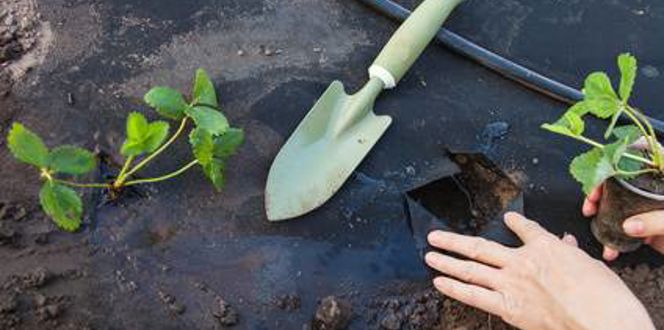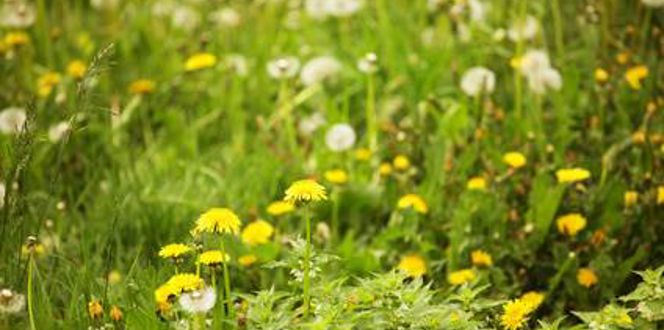Planting a new crop of bright vegetables or tending to a delicate flower garden can be so calming.
That is until pesky weeds disturb our garden of bliss.
Is landscape fabric all we need to get rid of those pesky weeds for good?
Should I use landscape fabric in my flower or vegetable garden or under rock/gravel?
What is landscape fabric made of?
It can be all kinds of materials, like linen, polyester or recycled plastic. Usually, it’s a woven cloth laid in garden beds to help keep weeds at bay.
What are the pros and cons of landscape fabric?
Pros
- Discourages weeds: It stops sunlight from reaching weed seeds, which reduces or eliminates them.
- Cost-effective: Fabric can last for years, so there's no need to buy weed control every season.
- Environmentally-friendly: This cloth limits the need for harsh weed control chemicals. Plus, some are made from recycled materials.
- Beats the competition: Unlike plastic alternatives, landscape fabric has tiny holes that allow water to reach plant roots.
- Conserves moisture: Adding this reduces surface evaporation, so less watering is needed.
Cons
- Not flexible: Each time you dig a hole, the fabric becomes less effective. So, it's not practical for gardeners who like to change it up.
- No more natural nutrients: Organic mulches, like grass clippings or shredded leaves, can't reach the soil to work their magic.
- Restricts movement of soil-mixing organisms: This barrier prevents earthworms, insects, and beneficial fungi from moving through different layers of the soil. So, they cannot mix organic material on the surface deeper into the soil.
- Less effective over time: After a while, soil packed underneath loses breathability, and plant roots can suffer from lack of air and water.
- Not a perfect system: Plant roots in search of air and water can grow through the cloth, breaking the weed barrier.
Are there good uses for landscape fabric?
Yes, it’s a great match for dense groundcovers you don't want to lay directly on the soil. So, it works super well under rock or gravel but isn't the best option for vegetable gardens. Digging into the fabric every year to replenish vegetable seeds will eventually make it ineffective. Plus, that’s a lot of work!
Bottom line: Landscape fabric has its benefits, but all in all, there are better ways to tame weeds.
What alternatives are there?
- Leave it to mulch! If it’s thick enough, mulch can block weeds from getting the sunlight they need to grow.
- Use a pre-emergent herbicide to prevent weed seeds from germinating.
- Lay cardboard or newspaper under your mulch. It’s another way to bar weeds from sunlight, and you won't have to worry about clean up since paper safely dissolves into the soil.





